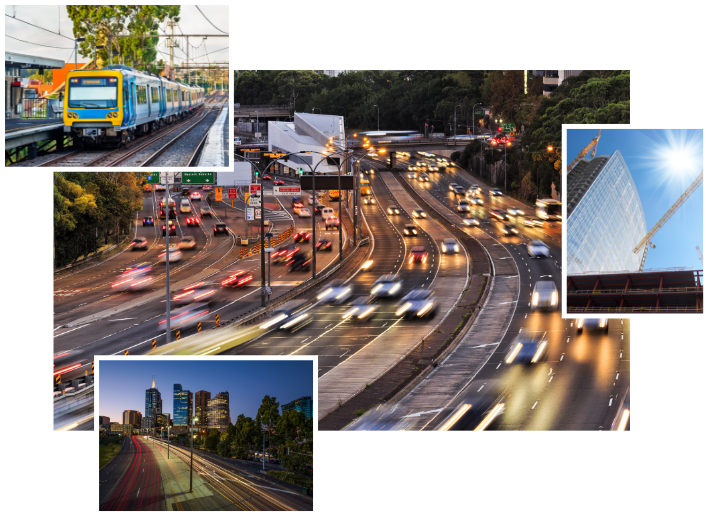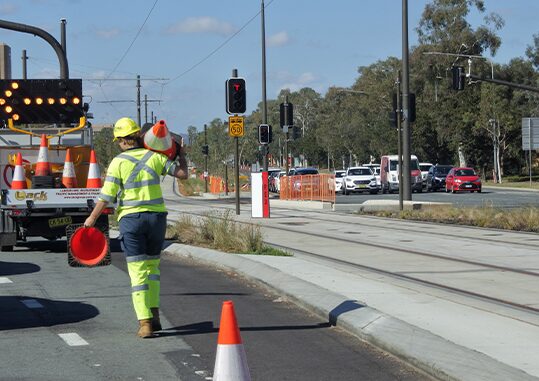- No products in the cart.
Infrastructure
Infrastructure is crucial to securing our standard of living. More infrastructure investment will improve our economic and social wellbeing.


Targeted infrastructure keeps us out of traffic jams, ensures we are better connected, allows us to be healthier and raises our education levels and it makes our cities more productive. It also helps create a strong building industry and a strong economy, creating job and training opportunities for more Australians. Civil and engineering activity is probably the strongest of the three strands that make up building and construction.
What are the challenges?
The challenges lie in tackling the complexities of population growth and transport bottlenecks, improving public transport, and building more community facilities closer to where we live. It is especially important to maintain and improve infrastructure in regional and remote communities.
The Federal Government must continue to develop new ways for public and private sector investment to occur to fund key economic and social infrastructure.
How do we fix them?
- Increased public and private sector investment in infrastructure, with a target of six per cent of GDP.
- Ensure that a rolling 10-year forward pipeline of infrastructure work.
- Expanding the use of privatisation models. Revenue from the sale of existing infrastructure assets should be used to fund the development of new infrastructure.
- Developing and marketing tradeable public infrastructure bonds on terms of trade and conditions which appeal to a broad spectrum on investors.
- Redirection of government outlays away from recurrent and less productive spending, toward investment in efficiency and competitiveness-enhancing infrastructure.
- Better policy co-ordination among the levels of government. The Federal Government should lead the Infrastructure and Transport Ministers’ Meeting to develop an integrated plan to address Australia’s economic and social infrastructure needs.
- Minimising bid-costs for infrastructure supply and financing to ensure the broadest possible range of engagement by potential investors. Tendering processes for smaller investors should be simplified.
- Reducing the political risk associated with investment in infrastructure. This would involve focusing on ‘stop-start’ government decision-making, and the tendency for constant changing of processes, rules and other key elements of a project once underway.


